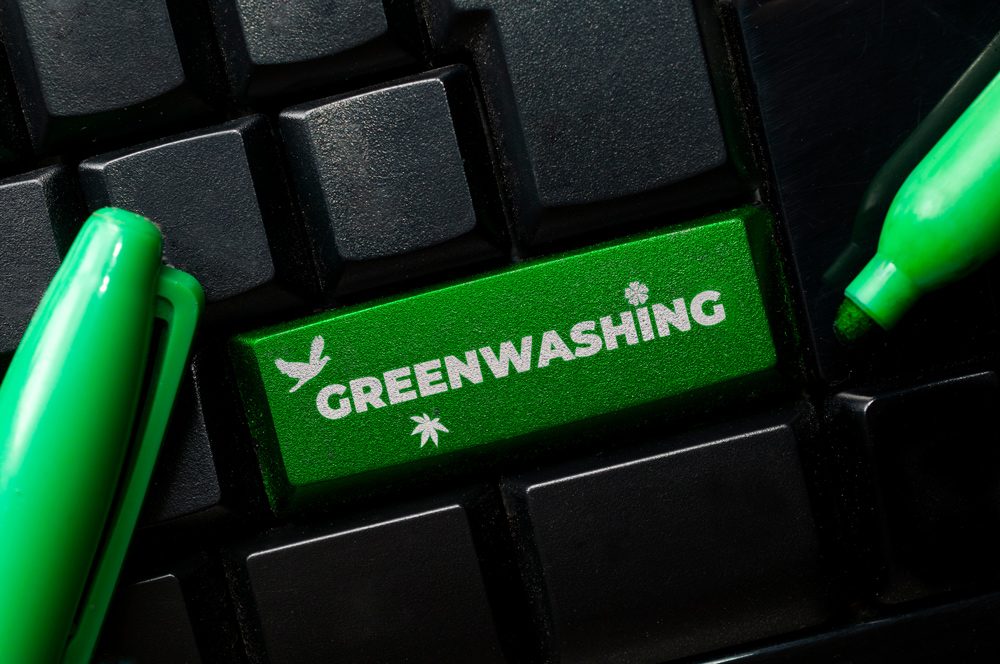Increased Greenwashing Practices Caused by Interest in Sustainability
Posted on: May 21st, 2021

Rising demand for more sustainable products across all business sectors has also led to increased greenwashing practices in organizations globally.
With no governmental mandates yet finalized (though the International Financial Reporting Standards (IFRS) Foundation is proposing a team to closely monitor the consistency of sustainability-related disclosures), it’s difficult for consumers to wade through the facts when compared to increased greenwashing practices.
Naida Schwingle writes on the website One Green Planet, “Research shows that two-thirds of Americans consider sustainability when making a purchase and 47 percent are willing to pay more for a sustainable product. Among Gen-Z consumers, this number jumps to 68 percent. Companies know that people are willing to pay more for sustainable products, but instead of selling sustainable products, they sell the illusion.”
Organizations engaged in increased greenwashing practices often spend more time and money trying to convince the public of their “eco-friendly” status than developing the products and processes necessary to defend their ESG (environmental, social, and corporate governance).
While greenwashing was somewhat undetectable twenty years ago, the advent of the internet has enabled more sophisticated consumers to research claims and data before making a purchase. Still, it can be difficult to weed through the rhetoric so here are some red flags when an organization you’re considering purchasing from makes claims about their ESG.
- The overuse of ideal imagery. Images of pristine landscapes, fields of wheat, planet earth, and wildlife happily frolicking in their natural environment are some ways companies try to paint the picture of sustainability. Additionally, muted, earth-tone colors are meant to subconsciously convey an environmentally friendly emotion.
- Vague buzzwords. No regulations exist for the use of the words “green,” “eco-friendly,” or “all-natural” in marketing and advertising. Just because they’re slapped on a label, doesn’t mean it’s true. You need to do your research and learn more about how the product is produced and sourced while navigating through all the jargon.
- Hiding behind a hidden company. Some larger corporations will create smaller brands and use #1 and #2 above to convince consumers of their commitment towards more sustainable business practices. But while the smaller sub-brand might sound like a tree huggers dream, the parent company is hiding behind smoke and mirrors. Again, you need to do your research and not rely solely on what a company wants you to hear.
- Counterintuitive messaging. Food products are notorious for selling a more natural and sometimes even organic product, ripe with imagery and buzzwords that capture the attention of sustainably-minded consumers. Only the packaging is made of plastic or some other materials which are known to be harmful to the environment. If a company is serious about its commitment towards limiting its impact on the global environment, its packaging would be just as sustainable as what’s contained inside.
As long as no governmental regulations are put in place to enforce increased greenwashing practices, companies will continue to “sell the illusion” of sustainability to consumers. For now, it’s up to consumers themselves to research the companies they’re buying from before making a purchasing decision.
 ☰ Menu
☰ Menu